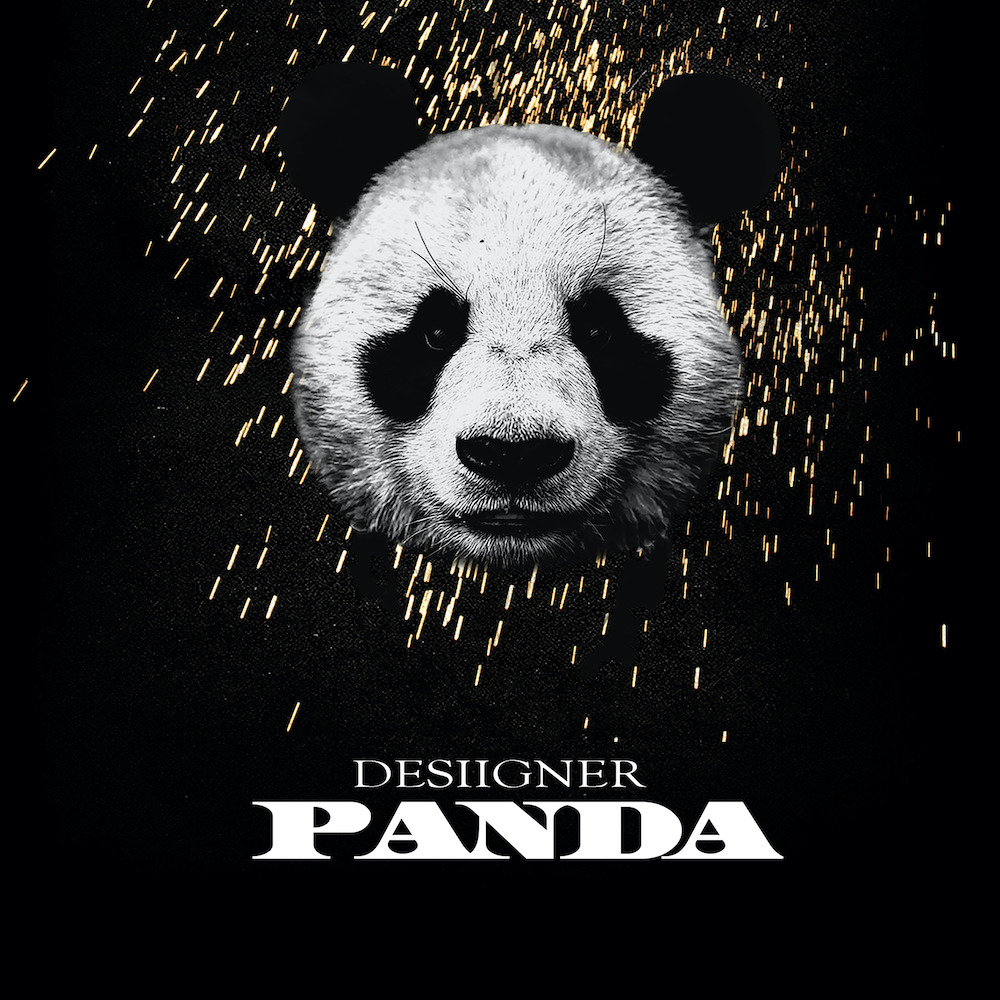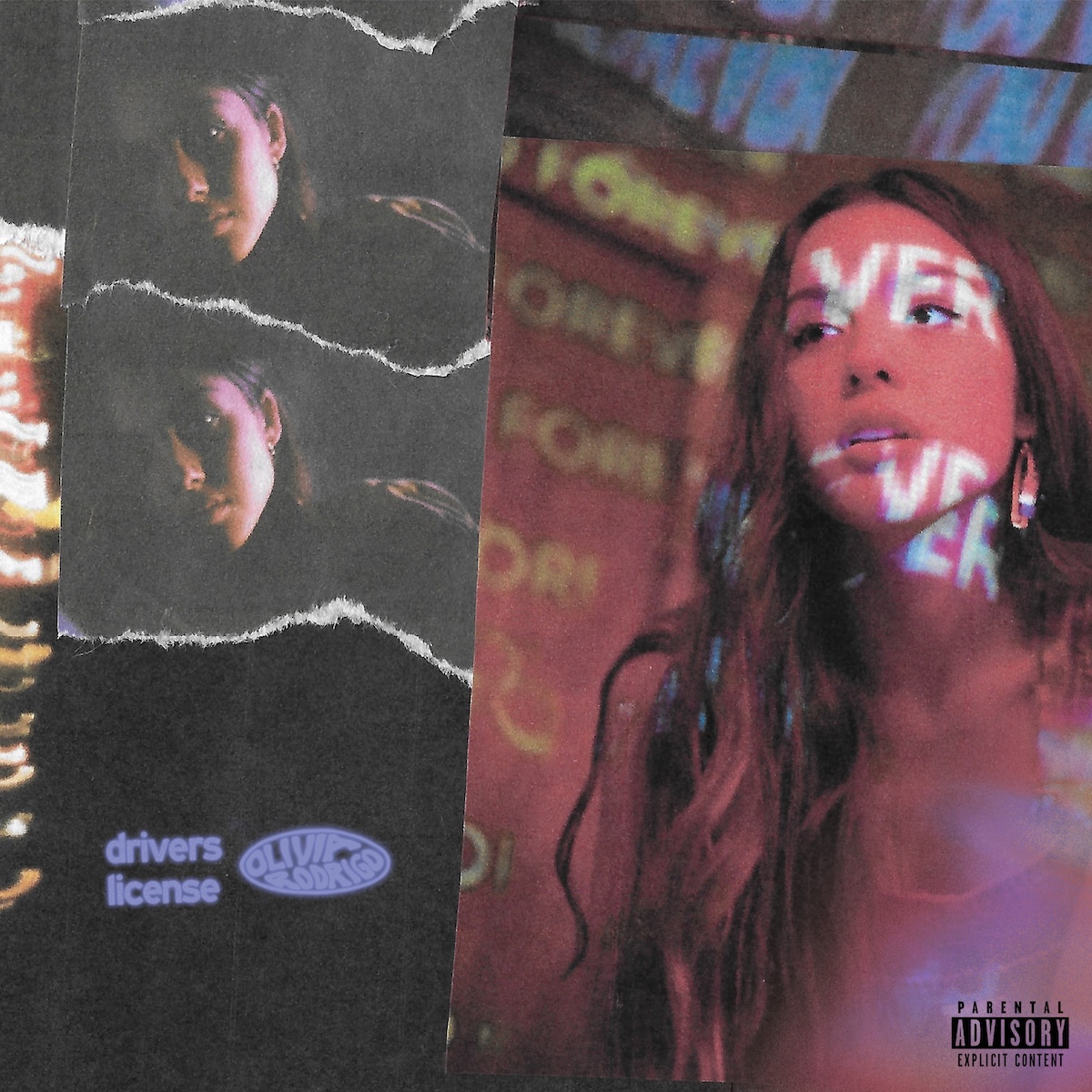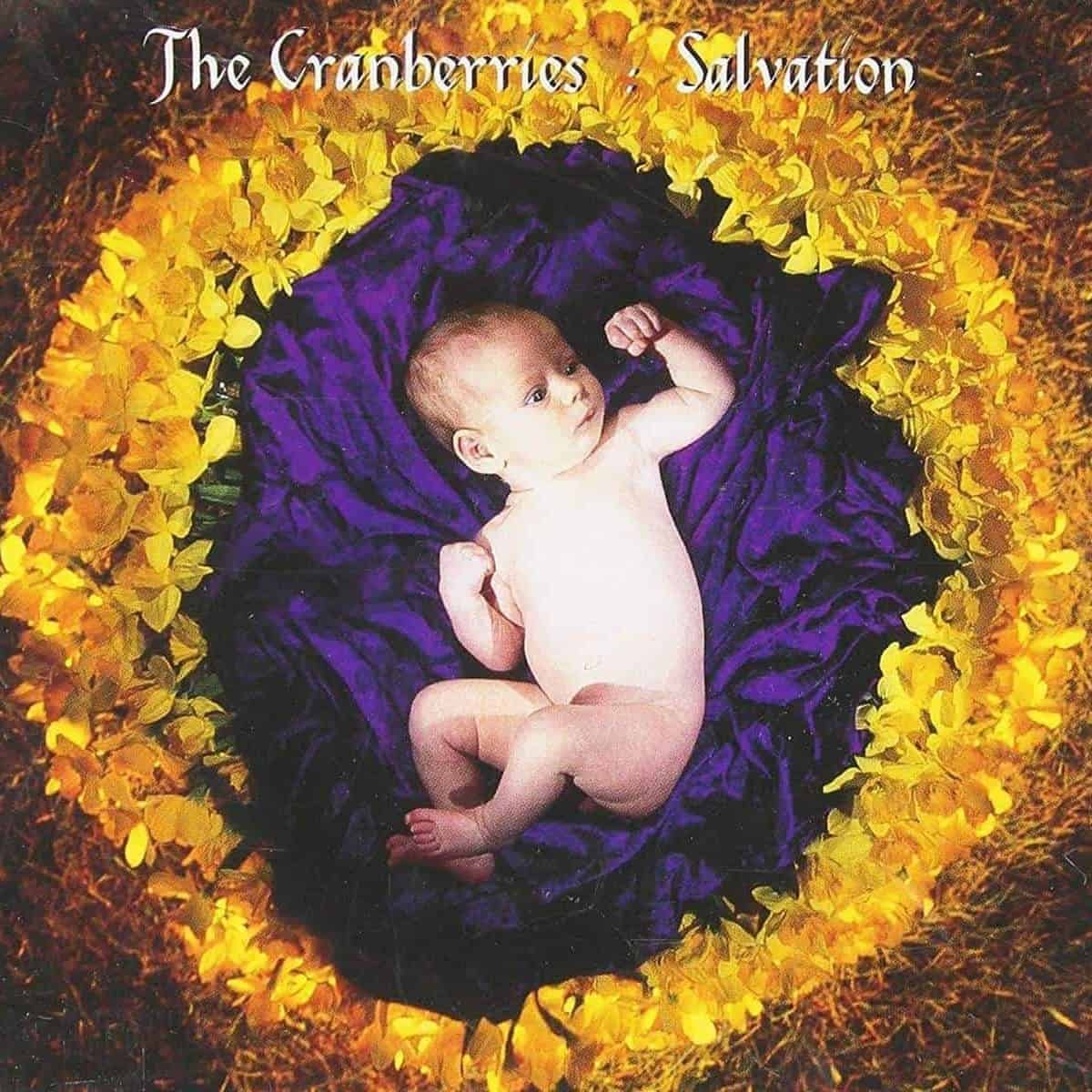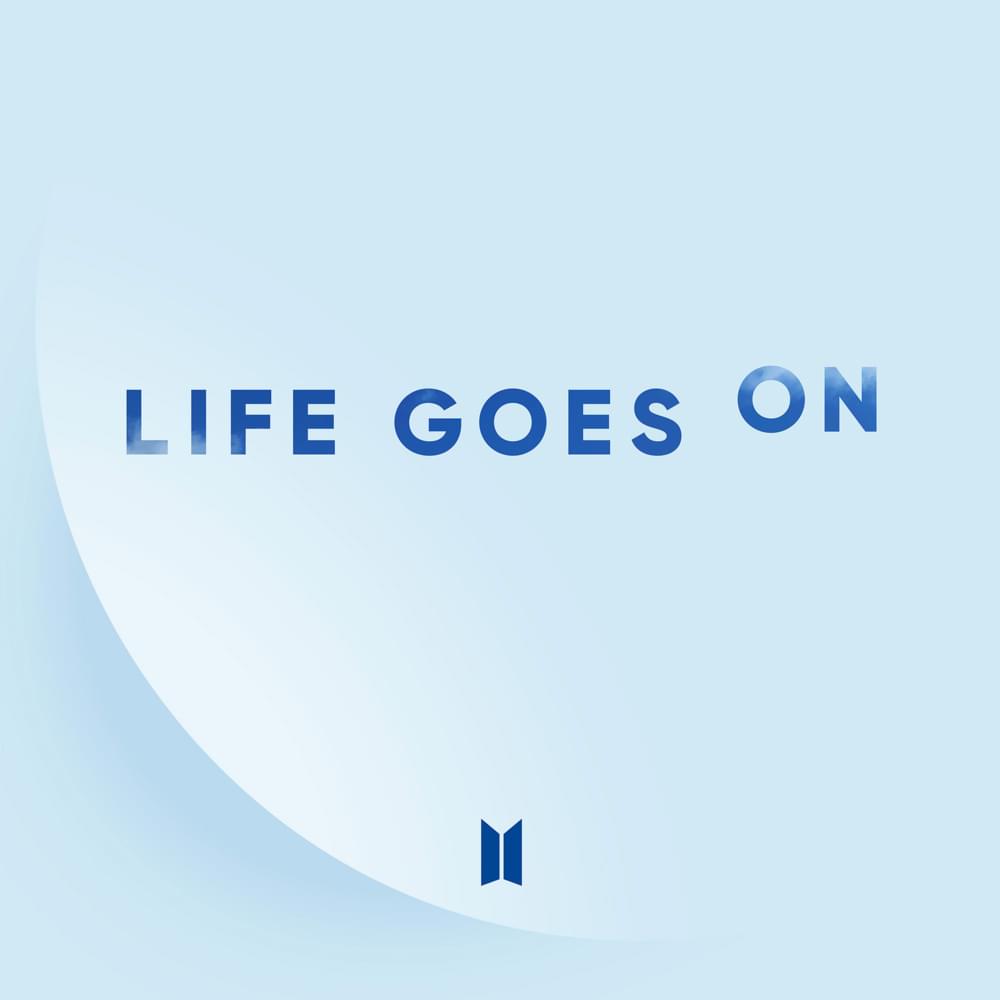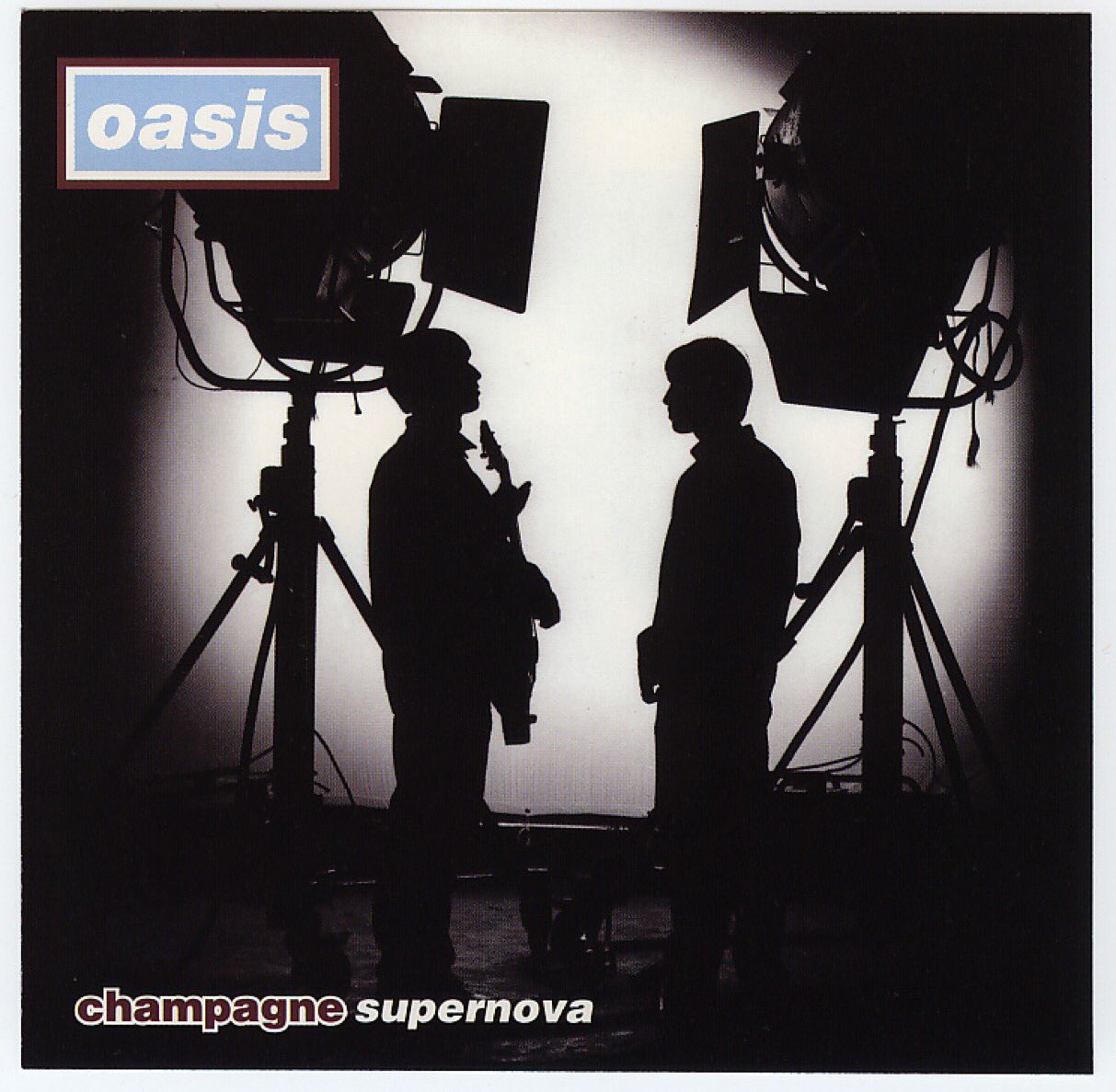May 7, 2016
- STAYED AT #1:2 Weeks
In The Number Ones, I'm reviewing every single #1 single in the history of the Billboard Hot 100, starting with the chart's beginning, in 1958, and working my way up into the present. Book Bonus Beat: The Number Ones: Twenty Chart-Topping Hits That Reveal the History of Pop Music.
I thought it was Future at first. Everyone thought it was Future at first. When much of the world first heard the then-unknown teenage rapper Desiigner, his voice was echoing around Madison Square Garden. "Panda" had come out about a month and a half earlier, but it was a true obscurity. Now, this booming and familiar voice was growling about having broads in Atlanta while Kanye West and his circle of famous friends all went crazy. It didn't even occur to me that it could be anyone but Future.
In February 2016, Kanye West, someone who's been in this column many times and who will eventually return, threw a grand premiere for The Life Of Pablo, the album that he would release a few days later. The event doubled as a fashion show for West's Yeezy line, so that's why the arena was full of blank-faced models, including rising Atlanta rap star Lil Yachty. Those models all stood motionless while West's music hammered over the speakers, as a live video feed streamed around the world. West hunched over his laptop, playing his barely-completed tracks, while collaborators like Kid Cudi and Pusha T crowded around him and cheered him on. One of the first tracks that West played was heavily based on "Panda," but the world wouldn't find that out until later.
In the moment that Kanye West held his big Life Of Pablo coming-out party, Atlanta's Future was rap's true hero, the one who kept the flame burning. Other rappers made bigger hits, but Future was on a run. Kanye West, like most other rappers who maintain A-list status for more than a few years, was an inveterate cool-hunter, an expert at hopping on rising trends just as they crested. It would've made perfect sense for West to devote a prominent spot on his album to Future. A couple of years earlier, West appeared on Future's single "I Won," a limp ode to two celebrity relationships that were not built to last. ("I Won" peaked at #98.)
A few seconds before that voice yelled about broads in Atlanta, we heard the production tag for Metro Boomin, Future's most reliable beatmaker. (Future and Metro Boomin will eventually appear in this column together.) But the voice that we were hearing, the one talking about broads in Atlanta, belonged to a New York kid who'd never even been to Atlanta, and his song would soon be bigger than anything that West had released in years. Desiigner was not the first rapper who sounded a lot like Future; half of the rap world was riding Future's wave in that moment. But Desiigner was the first rapper to reach #1 with a song that felt like a bald Future imitation -- one that people initially thought was Future.
That similarity unquestionably helped push "Panda" to #1, and the attendant backlash probably ensured that Desiigner's career was basically over within two years. That's not Desiigner's fault. Like everyone else who's ever appeared in this column, he was subject to cultural forces beyond his control. Those forces led to "Panda" achieving anthem status in head-spinning time, and they probably also doomed any promise of longterm viability that Desiigner might've once held.
When "Panda" spread through the world, the young man known as Desiigner didn't have much of a digital footprint. It makes sense. He was still in high school. Sidney Royel Selby III grew up in the Louis Armstrong Homes, a housing project in Bedford-Stuyvesant, Brooklyn. He was named for his grandfather Sidney "Guitar Crusher" Selby, a blues musician who spent most of his career in Germany, so perhaps goofy nicknames and unlikely routes to fame were family tradition. (When Desiigner was born, fellow Bed-Stuy native Biggie Smalls' "Hypnotize" was the #1 song in America.)
Sidney Selby III started rapping as a teenager, and he found himself a manager when he was still a kid. He went by a few different rap names -- first Dezolo, then Designer Royel, before finally landing on Desiigner. In an unlikely twist, the rap name that Desiigner had when he got famous was definitely the worst and dumbest of those three. Don't ask me what's going on with that spelling. I never understood it. In December 2015, Desiigner posted his first single, a hard-chanting Atlanta trap pastiche called "Zombie Walk," on SoundCloud. Two weeks later, he posted "Panda." A few months after that, he had the #1 song in America.
He sounded like Future. At that moment, everyone sounded like Future. Future had bounced around the Atlanta underground for the better part of a decade before he became a star, and that happened around 2012, when he dropped the mixtape Astronaut Status and the major-label debut Pluto. In the '10s, Future's melodic, Auto-Tuned drug-haze croak became the dominant sound of Atlanta rap, and where Atlanta went, the rest of the world followed. After a few failed crossover attempts, Future went on an insane mixtape blitz, cranking out the dizzying troika of Monster, Beast Mode, and 56 Nights in a six-month stretch across late 2014 and early 2015. He followed that with the momentous DS2, my favorite album of 2015, and then he and Drake released What A Time To Be Alive, the full-length collaboration that they recorded in a few feverish days. As "Panda" was just starting to reverberate, Future dropped Purple Reign, another great mixtape.
In that moment, Future's insane run wasn't necessarily the kind of thing that would impact the pop charts too much. Future's mixtapes mostly came out on free-download sites like DatPiff, where they would do huge numbers. Billboard was not equipped to measure the impact of records like that. In that moment, Future's biggest lead-artist hit was "Jumpman," one of the tracks that he and Drake released in 2015. (It peaked at #12.) Future had only cracked the top 10 once -- in 2013, when "Love Me," a Lil Wayne track that also featured Drake, peaked at #9. (It's an 8.) But things were starting to change.
In the middle of the '10s, streaming services like Spotify and Apple Music became more and more important to the pop charts. Rap fans, already used to streaming the mixtapes that they loved on sites like DatPiff, adapted to streaming services before the rest of the pop audience. Suddenly, viral rap hits from relative unknowns could come out and make a huge chart impact. These songs didn't need pop or R&B choruses, dancefloor-friendly beats, or big-name guests. The videos could be amateur affairs, shot on iPhones. Major labels rushed to ink deals with rappers that were just starting to take off. In summer 2015, for instance, the one-eyed New Jersey sing-rapper Fetty Wap suddenly swooped into the zeitgeist, sending three straight singles into the top 10. ("Trap Queen," the biggest of them, peaked at #2. It's a 7.) Fetty Wap seemed well-positioned to become a star in that moment, but his later attempts didn't do anywhere near as well. Right now, he's serving a six-year federal drug possession sentence.
Fetty Wap's sudden success was surprising, but his songs at least had sticky melodies. When Fetty Wap popped up onstage with Taylor Swift, he didn't seem that out of place. This was not the case with Brooklyn kid Bobby Shmurda. In 2014, Bobby Shmurda rapped over the Jahlil Beats track for a song that 50 Cent associate Lloyd Banks released a couple of years earlier. Shmurda's track was an unlicensed freestyle, but it went viral with a video that Shmurda and his friends filmed in the Flatbush streets. The famous, memed-to-death moment came when Shmurda flung his baseball cap in the air and hit a hip-forward move that became known as the Shmoney Dance. We never see the hat come down. As far as we know, it's still stuck up there.
The Shmurda freestyle "Hot N***a" (or, for radio purposes, "Hot Boy") did nothing to sanitize itself for mass consumption, and it still caught on. Epic signed Shmurda and did all the paperwork to clear that old Lloyd Banks beat, and "Hot N***a" went all the way to #6. (It's a 9.) A few months later, the NYPD locked up Shmurda and his whole GS9 crew in a gang sweep. It sure felt like the severity of the charges -- conspiracy to murder, weapons possession, reckless endangerment -- had something to do with Shmurda's rap success; the NYPD has a longstanding reputation for going after rappers. Shmurda did six years in prison and came home in 2021. He's released music since then, but it hasn't had the same impact.
These were cases of record labels playing catchup, signing artists who were already blowing up on their own rather than developing these artists and setting them up for success. Fetty Wap and Bobby Shmurda were not media-trained. They were young men who came from the criminal underworld and who rapped about criminal activities on the songs that made them famous. Maybe they were targeted for their fame, or maybe they were too deeply entrenched in those lives to switch over to the vastly different world of the music business. Either way, a shift was happening. Rap music was on its way to taking over the Hot 100 once again. This time, it wouldn't have to pull any hacky crossover moves to cross over. The stuff catching on was the raw, undiluted stuff, and it largely came from outside the music business.
Desiigner probably wasn't thinking about any of this when he made "Panda." Maybe he wasn't even thinking about Future. Maybe that deep, raspy Future tone just came naturally to him. The "Panda" beat -- urgent, eerie, full of deeply ominous lulls and concussive 808 explosions -- came from Adnan Khan, a British producer who calls himself Menace. The insistent staccato minor-key chords and head-splatter drum-cracks sound a whole lot like something Future might've used. They're especially reminiscent of Future's 2015 anthem "Fuck Up Some Commas," which peaked at #55. But Menace has said that he beat was influenced by UK grime, which seems just as plausible. All these different regional street-rap styles -- from Atlanta, London, Chicago, New York -- were commingling through the power of the internet.
Just like Desiigner, Menace was nowhere near famous when he made that "Panda" beat. Menace was a 22-year-old phone shop employee in Rochdale, outside Manchester, and he used SoundCloud to sell his beats online. Desiigner found the "Panda" beat while clicking around SoundCloud; the track was labelled as a "Meek Mill-Ace Hood Type Beat." (Meek Mill, from Philadelphia, and Ace Hood, from Miami, were both making street hits around that time.) Desiigner paid Menace $200 for the beat, and he didn't meet Menace until after the song reached #1.
"Panda" got its name because Desiigner decided that a white BMW X6 with tinted windows kind of looked like a panda. He was also thinking about the panda emoji. "Panda" isn't a song about anything. It's fantasy, more or less. Desiigner had never been to Atlanta. He says he's got broads in Atlanta because he'd been talking to a girl from Atlanta on Facebook. He reels off crime-talk -- "credit cards with the scammers, hittin' licks in the bando" -- in a rushed, jumbled-up blur. There's a very good chance that you can't understand at least half of what Desiigner says, but you get the basic idea. It's a headlong rush of disconnected tough talk, delivered in a clipped, insistent intonation that sounds just slightly British. Those lilting inflections are nothing like Future, but I can't say the same for the mushmouthed word-tumble flow.
After "Panda" permeated popular culture, the differences between Desiigner and Future became more obvious. Future used melodies and built moods. "Panda" has a mood, but the feeling that it creates is one of wild, reckless energy, something that the permanently world-weary Future only occasionally slips into. Throughout the track, Desiigner screams constant ad-libs, bellowing out grunts and making over-the-top gun sounds that give the song a hectic, unstable sense of urgency. Desiigner later said that he recorded "Panda" after playing a whole lot of Grand Theft Auto and that he wanted to evoke the feeling of a Fast & Furious movie. There's magic in that balance -- giddy explosiveness, combined with the instinctive chanting that Desiigner must've internalized from Future even if he didn't mean to copy the guy.
Once "Panda" was out in the world, Desiigner's rise was fast, but it's a little bit more of a traditional major-label story than what we saw with Fetty Wap or Bobby Shmurda. A&R reps were involved, and an established rap star took Desiigner under his wing. On its own, "Panda" went lightly viral. Plain Pat, a label guy who's been with Kanye West from the very beginning -- he did backup vocals on "Gold Digger" -- heard "Panda," got excited, and played the track for West. West used "Panda" as the basis for his own song "Father Stretch My Hands Pt. 2," and he included Desiigner's entire first verse on his own song. That's the track that we heard on that Madison Square Garden livestream. I guess West announced that he'd signed Desiigner during the listening party, too, but I must've missed that part.
While "Panda" was blowing up, Desiigner told the story of the first time that he met Kanye West. West flew Desiigner out to Los Angeles, and he picked Desiigner up outside LAX, with paparazzi surrounding them. While the two of them were sitting in that car together, being filmed, West played "Father Stretch My Hands Pt. 2" for Desiigner. Then West immediately jumped out of the car and flew off to Paris for Fashion Week or some such thing. Desiigner, bursting with energy, went off to West's studio and kept recording. Soon, Desiigner was signed to West's G.O.O.D. Music imprint, and "Panda" and "Father Stretch My Hands Pt. 2" were both on the charts.
It's interesting that "Panda" quickly became a whole lot more popular than the Kanye West song that sampled it. I'd argue that The Life Of Pablo is the last truly great Kanye West album, and its release was an exciting moment, but that album didn't really have hits. "Father Stretch My Hands Pt. 2" made it to #37, while "Famous," the record's highest-charting track, peaked at #34. (We'll have to talk more about "Famous" in a future column, but its one fateful line aside, that's a great song.) The album has tons of guest-stars, and Desiigner puts in a second brief appearance on the deep cut "Freestyle 4," though that one didn't make any impact. Meanwhile, "Panda" took on a life of its own. West gave that song the boost that it needed, but it soon eclipsed all the stuff that West was making at the time.
"Panda" drew most of its power from streaming, not from radio or digital downloads. When "Panda" and "Father Stretch My Hands Pt. 2" were both on the charts at the same time, it made for a strange moment. In retrospect, though, it's not that surprising that a track as direct and energetic as "Panda" would catch on, while Kanye West's take wouldn't hit quite the same. Desiigner, suddenly famous, launched himself onto the promo trail with unbridled, unschooled energy, performing so hard at one club appearance that he barfed mid-song and then just kept going.
While "Panda" was going crazy, Desiigner was constantly asked about sounding like Future, and he always tried to dismissively laugh it off. It never sounded convincing. You couldn't talk about Desiigner without talking about Future, and it took me a minute to admit that I actually liked "Panda." Future never addressed it, though he did eventually mock Desiigner's excitable gun-sound ad-libs in a skit. A year after "Panda" reached #1, producer Menace gave a DJ Booth interview, claiming that Future had filed a copyright infringement claim against the track. Future denied it. Menace also said that G.O.O.D. Music hadn't paid him for the "Father Stretch My Hands" sample yet: "I doubt Kanye’s paid anyone, to be honest. Kanye’s a funny one when it comes to paying people money."
"Panda" made it to #1 without a video. The "Panda" clip finally came out during the song's #1 reign, and if you didn't know anything about Desiigner, then the video told you that he looked and acted nothing like Future. Dutch director Paul Geusebroek makes the "Panda" clip look like a video game or a horror movie, full of nighttime shots of hallway fights and flashing lights. Kanye West shows up, doing donuts. Desiigner proves himself to be an over-the-top ham, making exaggerated faces and leaping around with the hyperactive camera.
Selling "Panda" was one thing. Selling Desiigner, a kid with only one song that anyone had heard, as a new star was another thing entirely. A few weeks after "Panda" fell from #1, XXL named Desiigner as part of their 2016 Freshman class -- a whole wave of anarchic young rappers that actually did go on to have a pretty huge impact on the mainstream. (That Freshman class also included Lil Uzi Vert, 21 Savage, and Anderson .Paak, three artists who will pop up in this column eventually, though only when aligned with other stars. Lil Yachty, one of the models from Kanye West's Madison Square Garden show, was in there, too.) Desiigner was the only one who had a #1 hit already, and his carer fell off long before most of the others. As part of that Freshman Class plackage, though, XXL posted a 45-second video of Desiigner chanting hypnotically over his own fingersnaps while staring into the camera. That was enough to make me think that Desiigner could have more going on than just "Panda."
The song that Desiigner was singing in that video was "Timmy Turner," which came out as his second single soon afterward. I liked the song, though I liked it better as a 45-second video. In the wake of "Panda," "Timmy Turner" made it to #34 -- Desiigner's final Hot 100 hit as lead artist. Kanye West collaborator Mike Dean was assigned the role of Desiigner's executive producer, and the two of them made "Timmy Turner" together. Dean later said that he had to do some production wizardry on the version of "Panda" that came out on G.O.O.D. Music. On the original track, Menace included a sample of a Mickey Rourke voiceover from the movie Sin City, and then he lost his stems for the track. Dean had to go in and reconstruct parts of the beat so that nobody would have to pay clearance fees, and he didn't seem too happy about that.
Mike Dean oversaw the recording of New English, the commercial mixtape that Desiigner released in June 2016. New English was clearly a rush job, and it doesn't even have the advantage of a bunch of guest verses from Desiigner's new G.O.O.D. Music labelmates. It's fine -- an endearing time capsule of a time of scrappier cash-in attempts. But "Timmy Turner" didn't have anywhere near as much impact as "Panda," and nothing else on New English had anywhere near as much impact as "Timmy Turner." Around the same time, Desiigner also appeared alongside (deep breath) Kanye West, Quavo, Gucci Mane, Big Sean, 2 Chainz, Travis Scott, and Yo Gotti on "Champions," a G.O.O.D. Music posse cut that peaked at #71. (Quavo, Gucci Mane, and Travis Scott will all figure into this column.) Desiigner was arrested for gun and drug possession in September 2016, but unlike Bobby Shmurda, he got his charges dropped.
That was pretty much it for Desiigner. Ultimately, "Panda" went quintuple platinum, and "Timmy Turner" went platinum once. Those are Desiigner's only plaques. Desiigner still has never released a proper album -- just New English and a few EPs. His time on G.O.O.D. Music was otherwise uneventful. He filmed cameos in two sequels, Ocean's 8 and The First Purge, that came out in 2018. Later in 2016, Kanye West made a public appearance alongside president-elect Donald Trump, thus signaling to the world that his self-destructive tendencies had reached a point of no return. Things would get worse. In the years that followed, "Kanye West protege" was not something that you wanted to be. Desiigner landed just one more Hot 100 appearance. In 2017, Desiigner rapped on some versions of dance DJ Steve Aoki's remix of "Mic Drop," a single from the K-pop boy-band phenomenon BTS. The remix peaked at #28. (BTS will appear in this column a bunch of times.)
In 2019, Desiigner parted ways with G.O.O.D. Music and started putting out music on his own. None of it has gone anywhere. The last time that the late Bob Saget was ever onscreen, he played a goofy chef in Desiigner's video for his 2022 single "Bakin," but Saget's presence wasn't enough to give that song any resonance. Last year, Desiigner was arrested for indecent exposure after he reportedly jerked off in front of flight attendants while flying from Tokyo to Minneapolis. On his Instagram story, he wrote, "For the past few months i have not been ok, and i have been struggling to come to terms with what is going on." He said he was checking himself into a mental health facility.
Menace is still working as a producer; he had a track on Sexyy Red's album earlier this year. I can't really tell if Desiigner is still making music right now. Last month, he appeared on "Sky City," a track from Vultures 2, the second of the two albums that Kanye West and Ty Dolla $ign have released this year, though god knows when he recorded that.
Desiigner has been through some things. It's hard to imagine what a headfuck it must be to go from obscurity to fame and then back to obscurity before you're old enough to legally buy beer. Desiigner is still just 27 years old. If he can find the right help, it's not out of the question that he might come back and resume his music career someday. That's probably not what he needs, though. He probably needs to just work on keeping his life together -- having a future, rather than rapping like Future. But "Panda"? That's still a pretty good song.
GRADE: 7/10
We rely on reader subscriptions to deliver articles like the one you're reading. Become a member and help support independent media!
BONUS BEATS: At Wrestlemania 32 in 2016, noted non-wrester Shaquille O'Neal was a surprise participant in a battle royal. "Panda" hadn't reached #1 quite yet, and Shaq used the song as his entrance music. Here's that moment:
(Shaquille O'Neal's highest-charting single, 1993's "(I Know I Got) Skillz," peaked at #35.
BONUS BONUS BEATS: If I tried to describe what happens at the end of the 2019 film The Secret Life Of Pets 2, it wouldn't make any sense at all, so I will simply say that it involves "Panda." Here it is:
(The Kevin Hart rendition of "Panda" did not chart, but it became a presence in my house for far longer than I would've liked. Take my advice: Do not allow your children to see that movie.)
THE 10S: Beyoncé's hiccuping, swagged-out, trap-adjacent anthem "Formation" peaked at #10 behind "Panda." I just might take its ass to Red Lobster. It's a 10.
The Number Ones: Twenty Chart-Topping Hits That Reveal The History Of Pop Music is out now on paperback via Hachette Books. I got books in Atlanta, or wherever else you might want to look for them. Buy a copy here.
